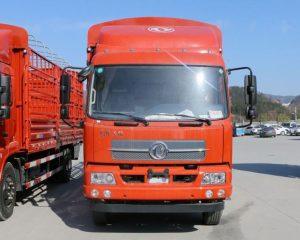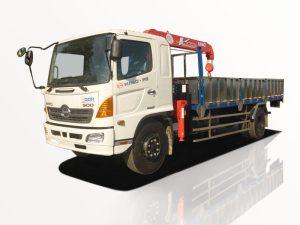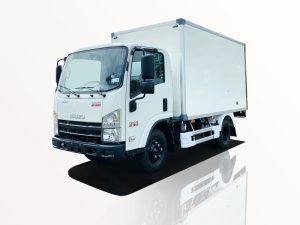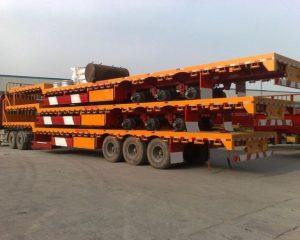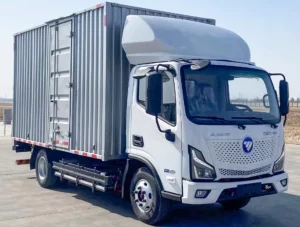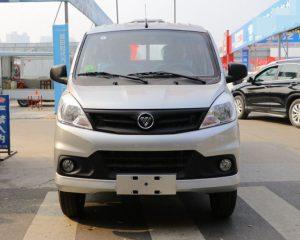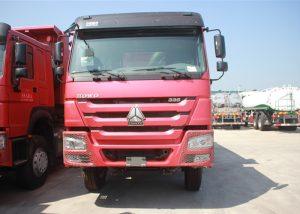Monday to Saturday - 8:00 -17:30
Best Time of the Year to Buy an RV
Buying a recreational vehicle (RV) can be an exciting venture, whether you’re looking to explore the open road, camp in comfort, or travel across the country with your family. However, timing can significantly affect the cost and availability of RVs. This article will delve into the best time of the year to buy an RV, offering practical examples, tips, and insights to help you make an informed purchase.
Understanding the RV Market
The RV market varies throughout the year, influenced by various factors such as demand, dealership inventory, and seasonal trends. Understanding these dynamics can help you identify the best time to make a purchase.
Factors Influencing RV Pricing
- Seasonality: RV sales fluctuate by season, with peak times typically being spring and summer when demand is high.
- Manufacturer Releases: New models arrive in late summer and fall, impacting the pricing of older models.
- Economic Conditions: Economic trends can affect consumer spending, influencing the RV market.
The Best Times to Buy an RV
1. End of the Camping Season (Late Fall)
As fall approaches and camping season comes to an end, dealerships often want to clear out their inventory to make space for new models. This can lead to significant discounts and deals for buyers.
Example: If you start shopping in October, you may find prices slashed by 20% or more towards the end of the month, as dealers aim to sell remaining stock before winter.
2. End of the Year (December)
December can be an excellent month to buy an RV. Many dealerships aim to hit year-end sales quotas, resulting in discounts and promotions.
Tip: Keep an eye out for holiday sales events. Black Friday and year-end clearance sales often feature significant markdowns on RVs.
3. Off-Season Deals (Winter Months)
Winter is typically the slow season for RV sales, making it a prime time for savvy buyers. Many dealerships may offer steep discounts to entice buyers during these months.
Example: If you buy an RV in January or February, you might benefit from lower prices and additional perks such as extended warranties or free winterization services.
4. During Major RV Shows
Attending RV shows can also be a strategic way to make a purchase. Many manufacturers and dealers provide attractive offers and special financing options during these events.
Tip: Look for shows in your area during spring or late winter. Deals made at these shows can lead to savings that aren’t available at standard dealerships.
5. New Model Releases (Late Summer)
As manufacturers release new models in late summer, the current year’s models often see price reductions. This timing allows you to purchase highly functional RVs at discounted rates.
Example: Similar models from the previous year may be marked down by 15-25% as dealerships make room for new models.
Understanding Demand Cycles
Peak Season vs. Off-Peak Season
Understanding peak season demand is crucial to timing your purchase. RV dealerships experience the highest demand from spring to early summer, as many families plan their summer vacations during this period.
Buying during the off-peak season, typically fall and winter, can provide leverage for better negotiation. While the selection can be smaller, the chances of getting a great deal increase significantly.
Types of RVs and Their Price Variations
Class A, B, and C Motorhomes
| Type | Price Range | Best Time to Buy |
|---|---|---|
| Class A | $60,000 – $500,000+ | Fall/Winter |
| Class B | $30,000 – $150,000+ | Late Summer |
| Class C | $50,000 – $150,000+ | End of Year |
Travel Trailers and Fifth Wheels
| Type | Price Range | Best Time to Buy |
|---|---|---|
| Travel Trailers | $10,000 – $50,000 | Fall/Winter |
| Fifth Wheels | $20,000 – $100,000+ | End of Camping Season |
Practical Tips for Buying an RV
1. Research Ahead of Time
Prior to making a purchase, spend time researching the type of RV you want, understanding the different features, and comparing prices from multiple dealerships. Websites like RV Trader or NADA Guides can provide valuable insights into market prices.
2. Budget Wisely
Establish a budget that includes not just the purchase price, but also insurance, maintenance, and potential upgrades. Ensure that you don’t overextend financially.
3. Negotiate Like a Pro
Dealerships expect negotiation. Don’t be afraid to make a lower offer based on your research. If you find a better deal elsewhere, use it as leverage during your negotiations.
4. Inspect the RV Thoroughly
Always inspect a used RV comprehensively. Look for signs of wear and tear, check all equipment, and consider having a professional evaluation to avoid future issues.
5. Consider Financing Options
Explore different financing options. Credit unions often offer competitive rates, and some dealerships may have in-house financing. Understanding your financing choices can save you money over the life of your loan.
6. Look for Warranty Offers
RVs are a significant investment, so consider purchasing an extended warranty. Many manufacturers or dealerships offer warranties to cover repairs and maintenance, making your ownership experience much smoother.
Maintaining Your RV Purchase
1. Seasonal Maintenance
Regular maintenance is crucial for the longevity of your RV. Winterize your RV before cold weather sets in, and perform routine checks throughout the year to keep everything in working order.
2. Join RV Community Groups
Becoming a part of RV community groups can provide valuable support, sharing tips, advice, and best practices for RV maintenance and travel experiences.
3. Keep Detailed Records
Maintain a detailed record of all repairs, inspections, and modifications. This documentation can be beneficial if you decide to sell your RV in the future.
Frequently Asked Questions
1. What is the best time of year to buy a used RV?
The best time to buy a used RV is generally in the fall and winter months, especially in late October and December, when prices tend to drop as dealerships clear out their inventory.
2. Are RV prices seasonal?
Yes, RV prices are highly seasonal. Spring and summer see higher prices due to increased demand, while fall and winter generally see lower prices as dealerships clear out inventory.
3. Should I buy my RV during an RV show?
Purchasing an RV during an RV show can be advantageous as many manufacturers offer exclusive deals and financing options, making it a great opportunity to save money.
4. What influences RV pricing the most?
Factors that influence RV pricing include the seasonality of demand, the type and condition of the RV, manufacturer brand, and the time of year when new models are released.
5. How much can I save by buying off-season?
Buying an RV during the off-season can typically save you 15% to 25% off the original price, depending on the dealership’s need to clear inventory.
6. What are extended warranties, and are they worth it?
Extended warranties cover repairs and maintenance beyond the initial warranty period. They can be worth it if you anticipate using your RV frequently, as they protect you from unexpected repair costs.



